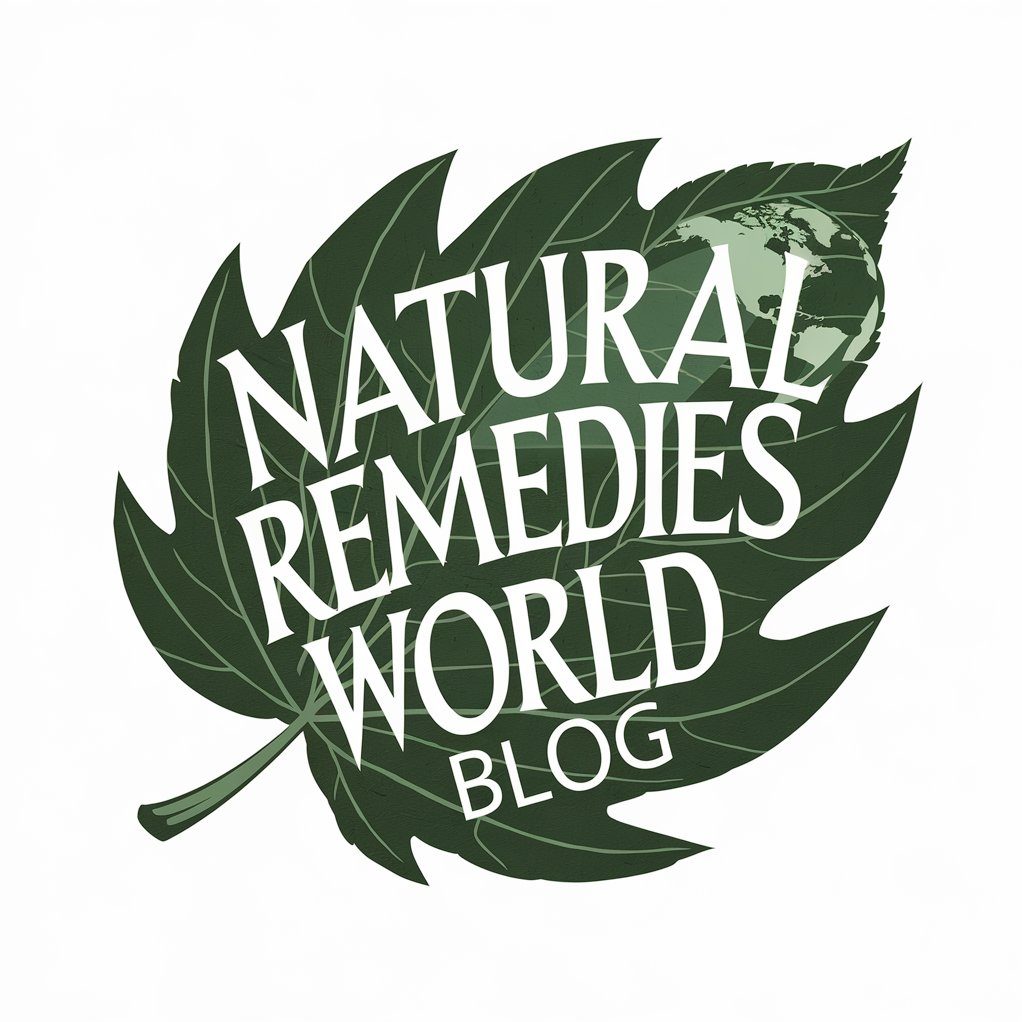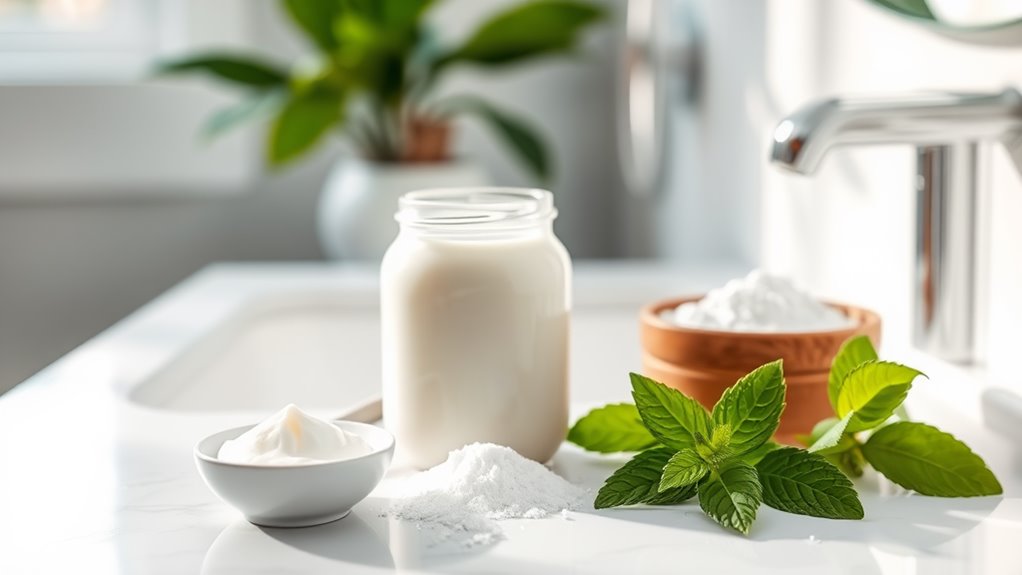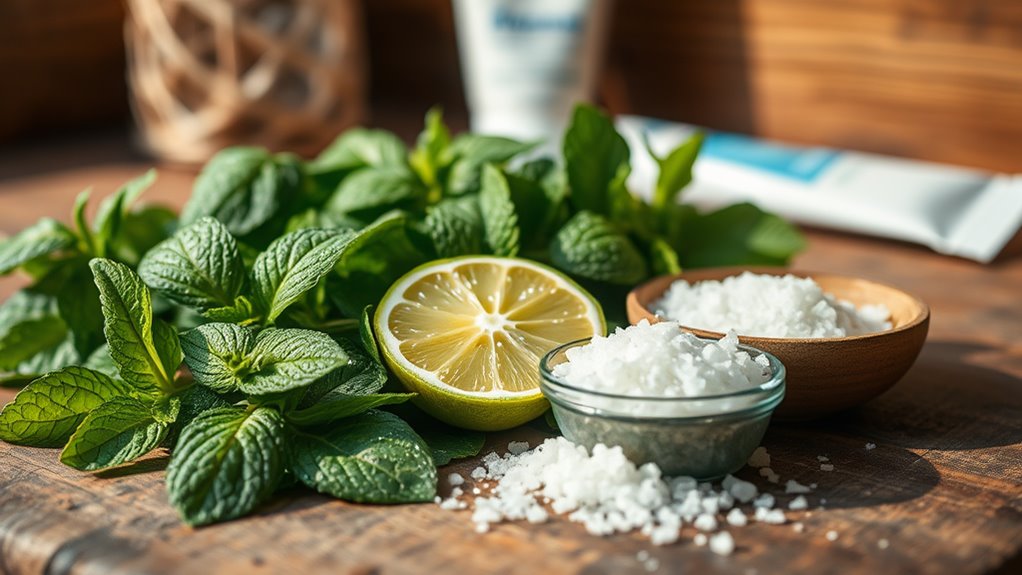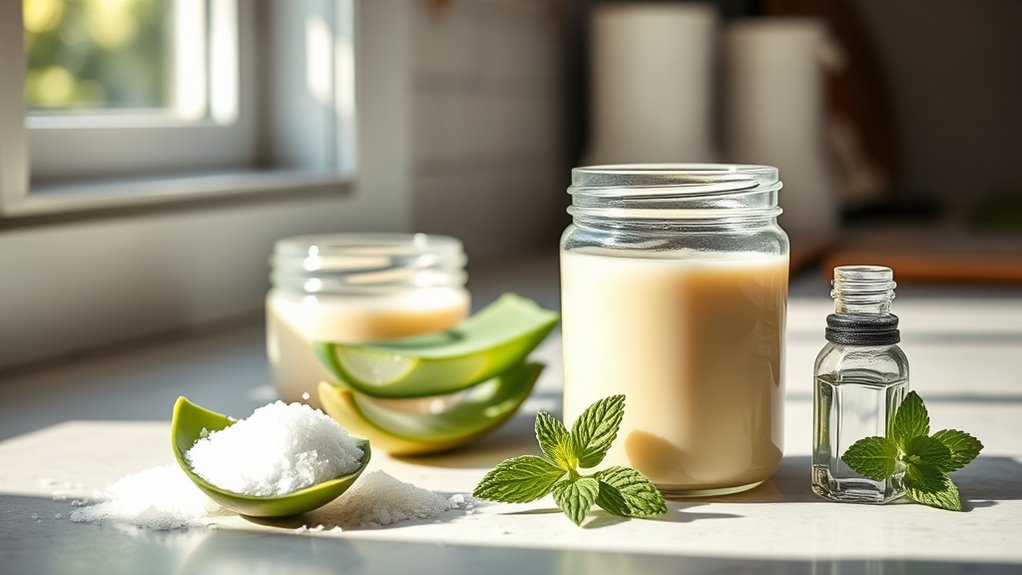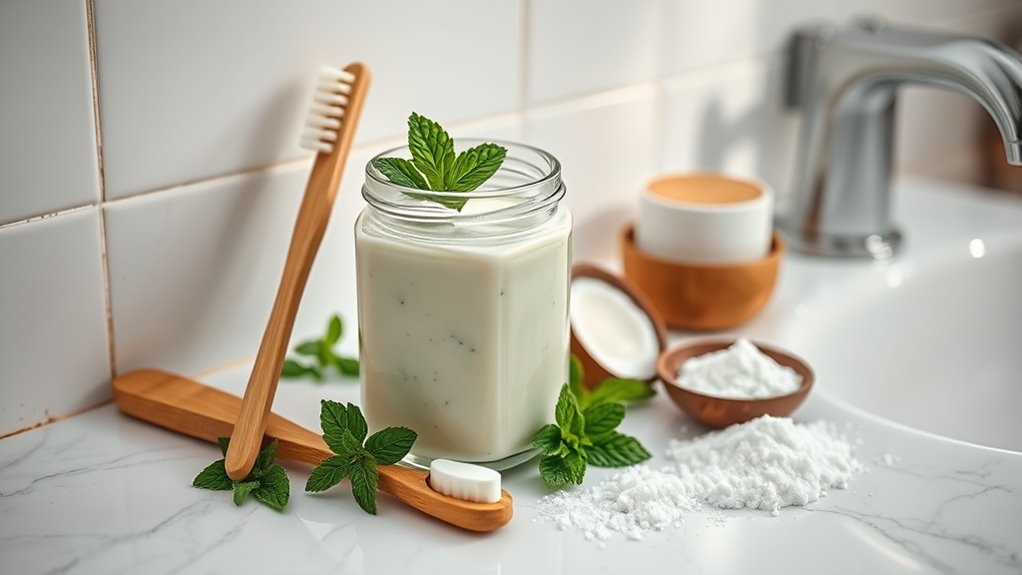DIY Toothpaste That’s Better Than Anything You’ve Bought!
DIY toothpaste isn’t just a fun project; it can improve your oral health and often outshines store-bought options. You get full control over the ingredients, allowing for healthier choices tailored to your needs. With natural components like baking soda and coconut oil, you can create effective, cost-saving alternatives. Plus, experimenting with flavors adds a personal touch. Want to learn how to make your own and explore more benefits? There’s plenty more to discover!
Understanding the Benefits of DIY Toothpaste
When you consider the ingredients in commercial toothpaste, it’s no wonder many people are turning to DIY options. You want to take control of what goes into your mouth, and homemade toothpaste offers a chance to do just that.
It lets you choose natural ingredients that align with your values, promoting a healthier lifestyle. Plus, DIY toothpaste can be cost-effective, saving you money while ensuring you’re not compromising on quality.
You also get to experiment with flavors and textures, creating something uniquely yours. Joining the DIY movement fosters a sense of community, connecting you with others who share your desire for healthier choices.
Embracing this journey can empower you, making your dental care routine feel more intentional and personal.
Essential Ingredients for Homemade Toothpaste
Creating your own toothpaste is easier than you might think, and it starts with a few essential ingredients. By choosing natural components, you can customize your toothpaste to fit your needs and feel good about what you use.
Here’s what you’ll need:
- Baking soda: For gentle abrasion and whitening.
- Coconut oil: To bind ingredients and promote oral health.
- Essential oils: For flavor and antibacterial properties; peppermint or tea tree oil work well.
- Xylitol: A natural sweetener that helps prevent cavities.
With these ingredients, you’ll be on your way to a healthier, DIY toothpaste.
Not only does it feel great to create something yourself, but you’ll also be contributing to a community that values natural choices!
Step-by-Step Recipes for Sensitive Teeth
If you have sensitive teeth, you can tailor your homemade toothpaste to soothe discomfort while still being effective.
Start with 3 tablespoons of baking soda, which helps neutralize acidity and whiten teeth. Add 2 tablespoons of coconut oil for its antibacterial properties and creamy texture.
Mix in 1 tablespoon of calcium carbonate to strengthen enamel and combat sensitivity. For a touch of sweetness, you can add 1 teaspoon of xylitol, which also helps fight cavities.
Finally, stir in a few drops of peppermint oil if you prefer a fresh taste. Combine everything until smooth, and store it in a small jar.
This simple recipe not only eases sensitivity but also connects you with a community of DIY enthusiasts caring for their smiles.
Natural Flavoring Options for Your Toothpaste
Adding natural flavoring options to your DIY toothpaste can enhance both its taste and overall experience. Choosing flavors you love not only makes brushing enjoyable but also connects you to a community of like-minded DIY enthusiasts.
Here are some fantastic options to consider:
- Peppermint essential oil – Fresh and invigorating.
- Cinnamon powder – Warm and cozy flavor.
- Vanilla extract – Sweet and soothing touch.
- Lemon zest – Bright and refreshing kick.
Experimenting with these flavors allows you to create a unique blend that reflects your personality.
Plus, you’ll be sharing your creations with friends and family, inviting them to join in on the fun. Embrace your creativity, and let your toothpaste taste like you!
Tips for Storing and Using Your DIY Toothpaste
To ensure your DIY toothpaste stays fresh and effective, proper storage and usage are key.
First, choose an airtight container to keep moisture and contaminants out. A small glass jar or squeeze bottle works great. Store it in a cool, dark place to maintain its potency.
When it’s time to brush, use a clean utensil to scoop out the toothpaste; this prevents introducing bacteria. Apply a pea-sized amount on your toothbrush, just like you’d with store-bought options. Avoid using too much, as a little goes a long way.
Lastly, remember to check for any changes in texture or smell, and if it doesn’t seem right, it’s best to make a fresh batch.
Happy brushing!
Comparing Homemade and Commercial Toothpaste: Evidence-Based Insights
While many people appreciate the convenience of commercial toothpaste, a growing number are exploring the benefits of homemade alternatives.
You might find that DIY toothpaste offers unique advantages that resonate with your values and lifestyle. Here are some insights to consider:
-
Natural Ingredients: Homemade toothpaste often contains fewer chemicals, aligning with a desire for cleaner living.
-
Customization: You can tailor flavors and textures to suit your personal preferences.
-
Cost-Effective: Making your own toothpaste can save you money in the long run.
-
Eco-Friendly: Homemade options often come with less packaging, reducing your environmental impact.
Ultimately, both homemade and commercial toothpaste have their merits.
It’s about finding what feels right for you and your dental care routine.
Frequently Asked Questions
Can Children Use Homemade Toothpaste Safely?
Yes, children can use homemade toothpaste safely, but you should ensure it’s made with safe ingredients. Always supervise their use and avoid any harmful additives. You’ll help foster good habits and keep their smiles bright!
How Long Does Homemade Toothpaste Last?
Homemade toothpaste typically lasts about two to three weeks if stored properly. You’ll want to keep it in a cool, dry place and check for any changes in smell or texture before using it.
Can I Add Essential Oils for Flavor?
Absolutely, you can add essential oils for flavor! Just a few drops can enhance the taste and provide additional benefits. Experiment with different oils to find your perfect blend that makes brushing enjoyable for you.
Is DIY Toothpaste Safe for Whitening Teeth?
Yes, DIY toothpaste can be safe for whitening teeth if you choose the right ingredients. Just make sure you’re not overdoing it, as too much abrasive material can wear down your enamel. Always balance is key!
What Should I Do if I Experience Sensitivity?
If you experience sensitivity, try using a toothpaste designed for sensitive teeth, and avoid overly abrasive ingredients. Give your teeth a break, and consult your dentist if discomfort persists. Your comfort matters!
